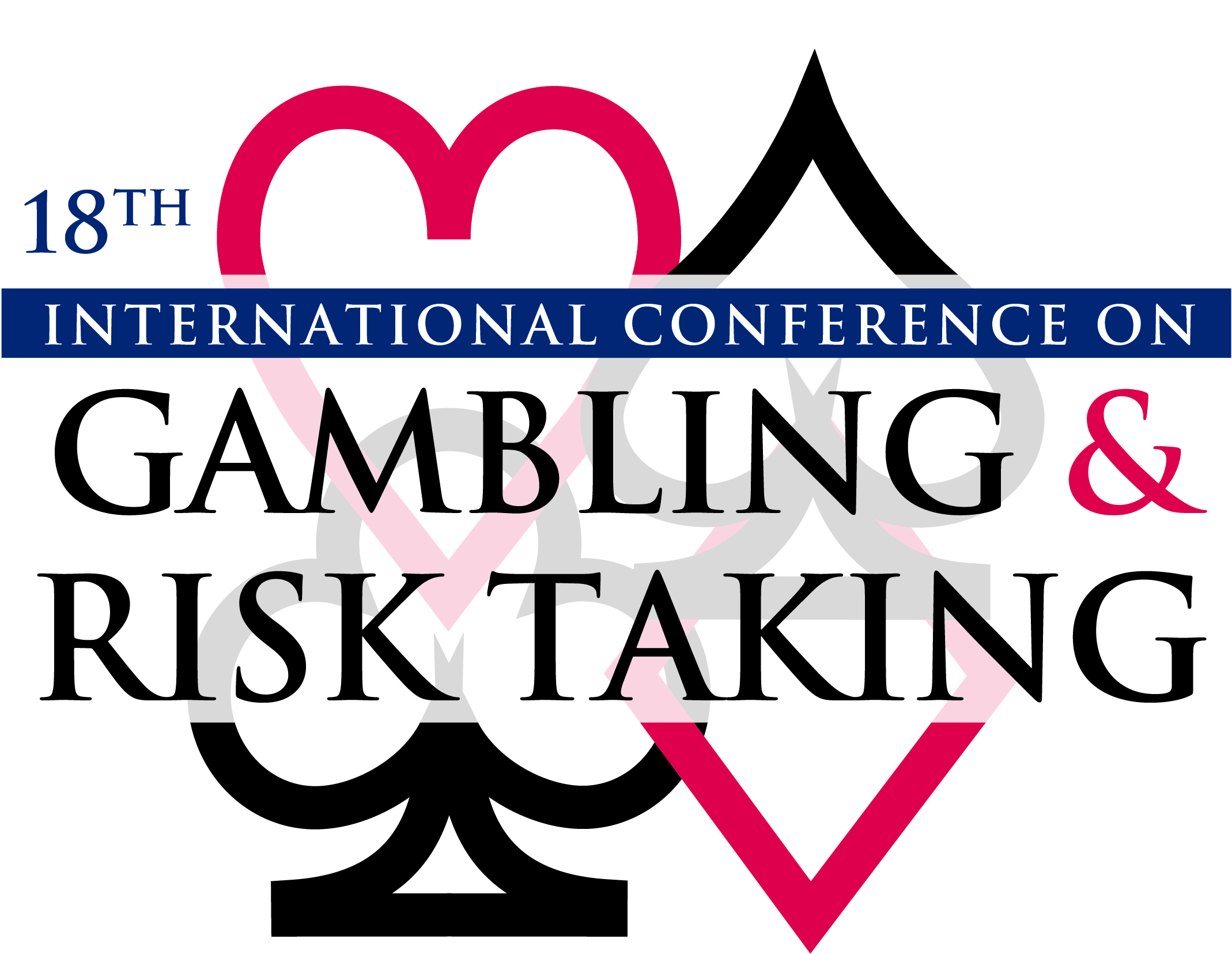Prevalence of Binge Eating and Problem Gambling Habits
Session Title
Poster Session
Presentation Type
Poster Presentation
Location
Park MGM, Las Vegas, NV
Start Date
24-5-2023 10:30 AM
End Date
24-5-2023 11:15 AM
Disciplines
Clinical Psychology
Abstract
Background and aims: Though currently unexplored in the literature, eating disorders could possibly overlap with problem gambling, as both behaviors present with compulsive and impulsive actions. This study explores the prevalence of binge eating and problem gambling in a nationally representative US sample of adults (N=2,810).
Methods: We used the Problem Gambling Severity Index to assess for problem gambling severity and the Binge Eating Disorder-7 to measure possible risk of a diagnosis of DSM-5 binge eating disorder (BED).
Results: Results revealed that 7.2% of the sample did not gamble in the past 12 months. Of the past-year gamblers, 61.5% were classified as non-problem gamblers, 17.8% of this sample were classified as low risk gamblers, 8.4% as moderate risk gamblers, and 12.3% as problem gamblers. In the overall sample, 11.9% of individuals were scored as at risk for possible BED. Prevalence rates of possible BED by gambling severity included: non-problem gamblers-9.7%; low risk-10.1%; moderate risk-13.3%; and problem gamblers-27%. Chi-square analysis indicated significant differences (p
Implications: Rates of at-risk BED increased as problem gambling severity also increased. Disordered eating may be relevant in gamblers with more severe concerns and should be screened for in clinical settings.
Keywords
Prevalence, Binge eating disorder, Problem gambling, Comorbidities
Funding Sources
The data used in this presentation was funded by a grant from the Kindbridge Research Institute given to Drs. Shane Kraus and Joshua Grubbs. No funding agencies had input into the content of this abstract and research.
Competing Interests
Repairer Etuk has been provided grant funding by the International Center for Responsible gaming (ICRG) in the past 3 years. Dr. Grubbs has received grant funding from ICRG, the Problem Gambling Network of Ohio, and the Kindbridge research institute in the last 3 years. Dr. Kraus has received grant funding from the National Center for Responsible Gaming, Kindbridge research institute, and ICRG.
Prevalence of Binge Eating and Problem Gambling Habits
Park MGM, Las Vegas, NV
Background and aims: Though currently unexplored in the literature, eating disorders could possibly overlap with problem gambling, as both behaviors present with compulsive and impulsive actions. This study explores the prevalence of binge eating and problem gambling in a nationally representative US sample of adults (N=2,810).
Methods: We used the Problem Gambling Severity Index to assess for problem gambling severity and the Binge Eating Disorder-7 to measure possible risk of a diagnosis of DSM-5 binge eating disorder (BED).
Results: Results revealed that 7.2% of the sample did not gamble in the past 12 months. Of the past-year gamblers, 61.5% were classified as non-problem gamblers, 17.8% of this sample were classified as low risk gamblers, 8.4% as moderate risk gamblers, and 12.3% as problem gamblers. In the overall sample, 11.9% of individuals were scored as at risk for possible BED. Prevalence rates of possible BED by gambling severity included: non-problem gamblers-9.7%; low risk-10.1%; moderate risk-13.3%; and problem gamblers-27%. Chi-square analysis indicated significant differences (p
Implications: Rates of at-risk BED increased as problem gambling severity also increased. Disordered eating may be relevant in gamblers with more severe concerns and should be screened for in clinical settings.

